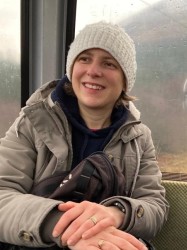BibTex format
@article{Graefe:2010:10.1103/PhysRevA.82.013629,
author = {Graefe, E and Korsch, HJ and Niederle, AE},
doi = {10.1103/PhysRevA.82.013629},
journal = {Phys. Rev. A},
title = {Quantum Classical Correspondence for a non-Hermitian Bose-Hubbard Dimer},
url = {http://dx.doi.org/10.1103/PhysRevA.82.013629},
volume = {82},
year = {2010}
}

